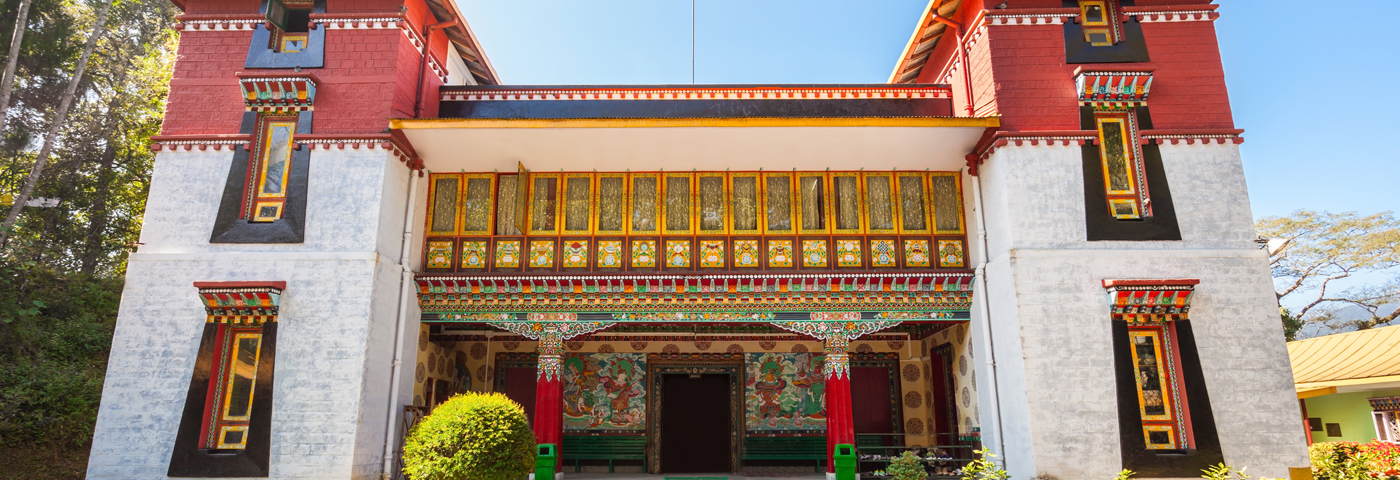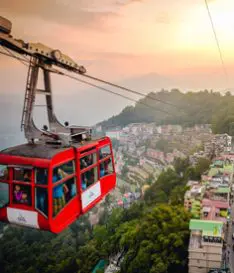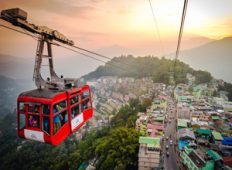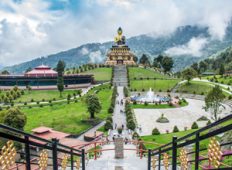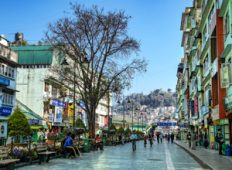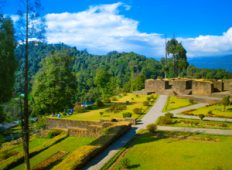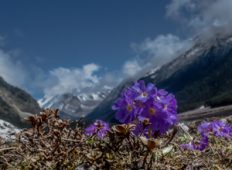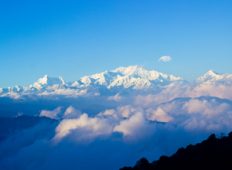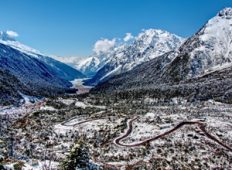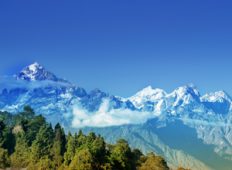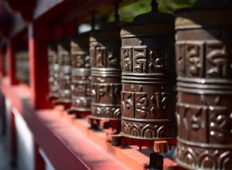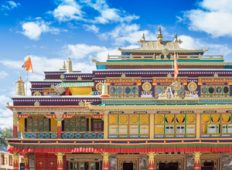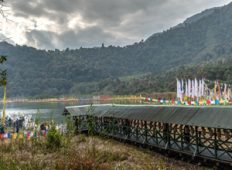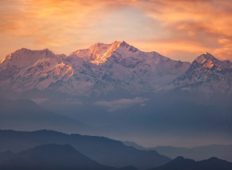NAMGYAL INSTITUTE OF TIBETOLOGY
Why Should I Visit
A trip to Sikkim is not complete without a live history lesson at Namgyal Institute of Tibetology (NIT). As a traveller, a visit here will help you gain a better understanding of Buddhism and Tibetan socio-religious norms. Besides being home to a vast array of Tibetan/Buddhist artefacts, this institute is also one of the largest repositories for Tibetan literature outside Tibet. This makes NIT a must-visit for the traveller interested in religious art and iconography. The main building is the perfect embodiment of the aesthetics of Sikkimese architecture.
The foundation stone at Namgyal Institute of Tibetology was laid by the present Dalai Lama in 1957, and the museum was officially opened the following year by Jawaharlal Nehru, then Prime Minister of India.
How Do I Get There
NIT is a little more than 2 km from Gangtok town and you can board a taxi that will drop you right at the entrance. If you’re staying in central Gangtok, tell the driver to take you towards Deorali in the south.
The Do-Drul Chorten Stupa is walking distance from here and you can take a leisurely stroll to this popular structure located on a hillock.
When Should I Land Up
The museum and the library is open from Monday to Saturday, 10 a.m. to 4 p.m. The entry fee is just ₹10. Keep in mind the institute is closed on public holidays.
In Folklore
NIT gets its name from the 11th Chogyal (king) of Sikkim, Tashi Namgyal, who donated the land on which the institute was constructed.
One of the first artefacts that catches your eyes is the massive silver Manjushri image that was brought all the way from Tibet. Manjushri is the ‘Gentle-Glory’ Bodhisattva associated with knowledge and insight.
The glass cases contain ancient thangkas (traditional Buddhist scroll paintings), coins, trumpets fashioned out of human bones, ritual objects, coins, amulets and idols. Also on display is a 11th century palm leaf manuscript and a 12th century Chinese manuscript from South Korea. Kasyapagotra and Madhyama were two ancient Buddhist missionaries from the time of Asoka and their relics are contained in intricately-designed caskets at NIT.
While contemporary art objects are constantly added to the museum, don’t forget to check out the five sandalwood images of the first king of Sikkim, Padmasambhava and the three founders (lamas) of Sikkim. The bronze statue of Namgyalama is another stand-out art piece at the museum. Namgyalama is one of the Long-Life Deities usually represented with eight arms and three faces.
Once you’re done exploring the museum on the ground floor of the institute, walk up to the first floor that houses the Tibetan Library. There are more than 60,000 canonical and non-canonical Tibetan translations of sacred Buddhist literature present here. Tantric texts pertaining to all four sects of Buddhism are stored in neat rows.
There is a general library to the right of the main building and is the perfect reference point for those looking to delve deeper into the history, social-political norms of Tibet, Nepal, Sikkim, Bhutan and Ladakh. You can even photocopy certain interesting pages from a limited number of books. For those who love books, this can be a great place to spend some time and get to know more about Buddhism.

